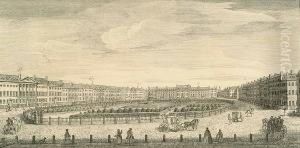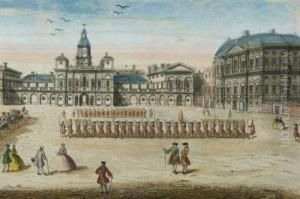John Maurer Paintings
John Maurer was an American artist known for his work as a painter, particularly during the early to mid-20th century. Born on February 14, 1885, in New York City, Maurer demonstrated a strong interest in art from a young age. He pursued his artistic education at the National Academy of Design in New York and later at the Art Students League, where he studied under renowned artists such as Frank Vincent DuMond and William Merritt Chase.
Maurer's early work was characterized by impressionist influences, which were prevalent during his formative years. His use of light and color was notable, and he often painted urban scenes, landscapes, and seascapes. Maurer was not just confined to one medium; he worked in oils, watercolors, and etchings, showcasing his versatility as an artist.
In the 1920s and 1930s, Maurer traveled extensively throughout Europe, where he was exposed to modern art movements. This experience led to a significant evolution in his style, as he started to incorporate elements of Fauvism and Cubism into his work. These changes were reflected in his use of more vibrant colors, bolder shapes, and a departure from traditional perspective.
During his career, Maurer exhibited his work at various venues, including the Pennsylvania Academy of the Fine Arts, the Art Institute of Chicago, and the Corcoran Gallery. Despite not achieving the fame of some of his contemporaries during his lifetime, Maurer's work was well-regarded by critics and he was respected by his peers. His paintings are now part of several collections in museums across the United States.
John Maurer passed away on August 6, 1953. His contribution to American art is notable for his transition from impressionist to modernist styles, reflecting the broader shifts in the art world during the early 20th century. Today, Maurer's work continues to be studied and appreciated for its historical significance and artistic merit.

